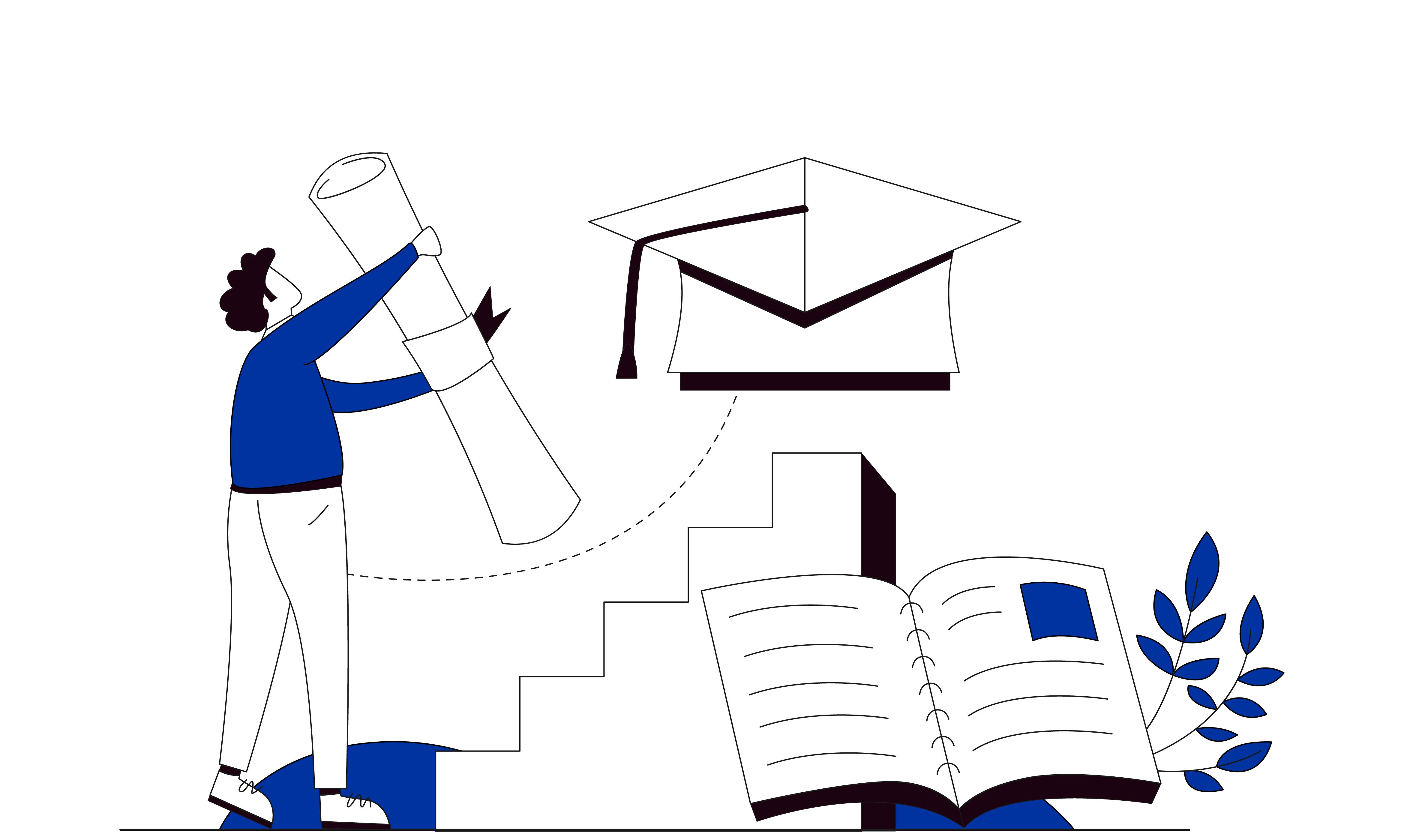Digital technology and migration
Introduction to Module 9: Digital technology and migration
Digital technology encompasses computer technology and non-computer technological innovations, such as those associated with smart phones and other devices. Module 9 will introduce students to the role of digital technology in migration processes as well as some of the broad ideas and concepts associated with the digitalization of migration and its impact on migrants, migration patterns and mobility.

Learning Objective
Students will be able to define digital technology, examine the role of digital technology throughout the migration cycle, and learn about the implications of digital technology for migrants, migration and mobility.
WMR Chapter Focus
This module will draw on Chapter 11 ‘Artificial Intelligence, migration and mobility’ in the World Migration Report 2022, the Research Handbook on International Migration and Digital Technology edited by Dr. Marie McAuliffe and other resources developed by the Migration Research Division.
Proposed Schedule
1-2 class periods (50-100 minutes) plus independent student work.
- Class period one: introduction, student resource sheet; text-based and data-based questions
- Class period two: Module 9 Scenario Interactive Activity: “Create your own app”

Student Assessment
There are several assessment options in this module and teachers may use some or all of them.
- Understanding the Basics: Questions based on the Student Resource Sheets
- Going Further:
- Text case study: The link between migration and technology is not what you think by Dr Marie McAuliffe
- Data case study: Why digitalize? A focus on international migration, airplane travel, and global internet and mobile telephone access
- Interactive Scenario: Students work to develop their own app to support migrants and people working migrant populations throughout the migration cycle.
Evidence of Learning
Students will work together to complete a group activity that focuses on digital technology and the movement of people around the world. The activity includes an oral presentation and a written reflection on the project.
Starter Activity
Introduce students to the definition of digital technology and the fourth industrial revolution by asking what they know about its impact on society. Lead the class in a discussion of the migration cycle (see Module 1). Ask if students can guess or identify some of the interventions of digital technology. Get students to reflect on their use of digital technology in their everyday travel, i.e. searching bus schedules online.
Interactive Visualization
To start, view the ITU Digital Development Dashboard to learn about your country’s digital infrastructure and access to technology.